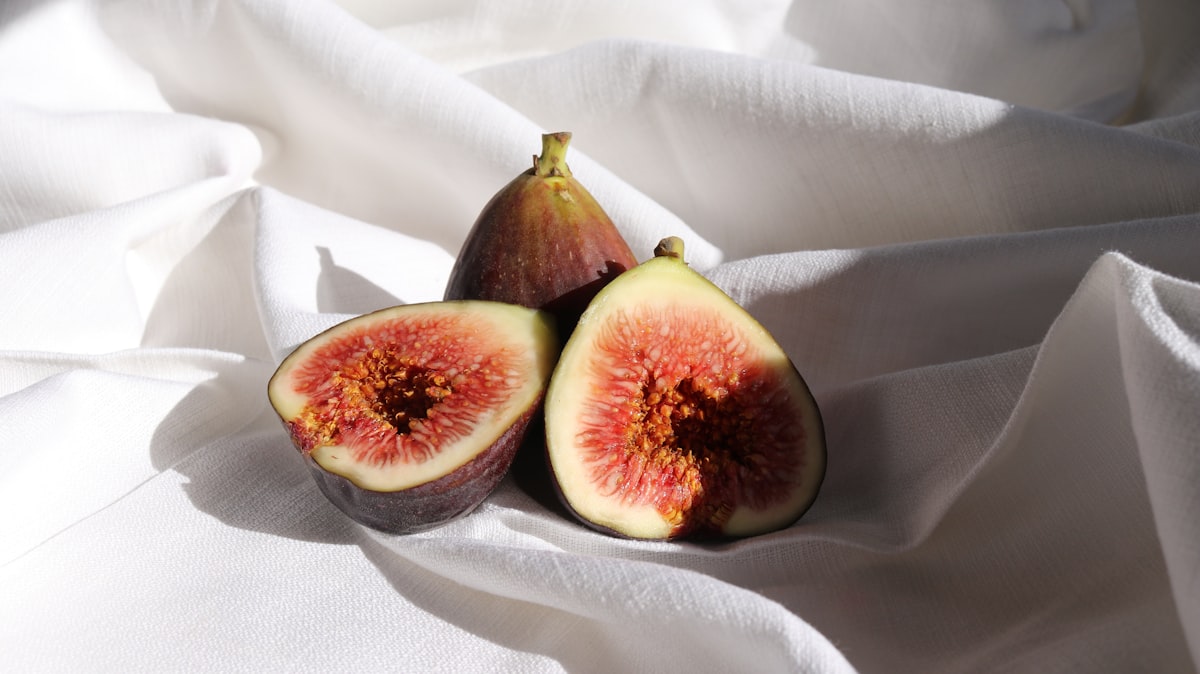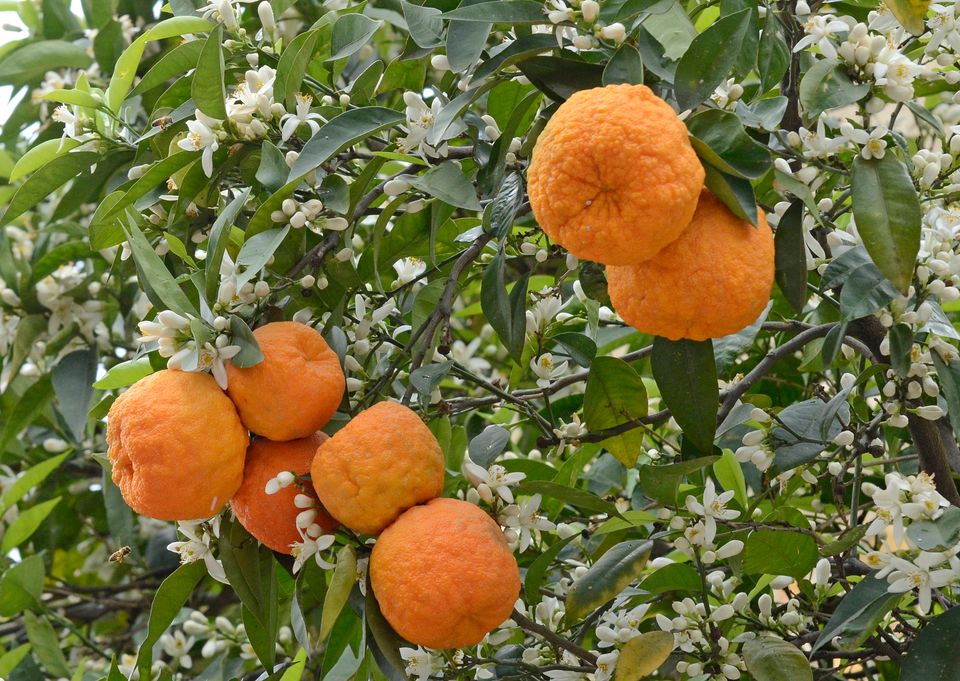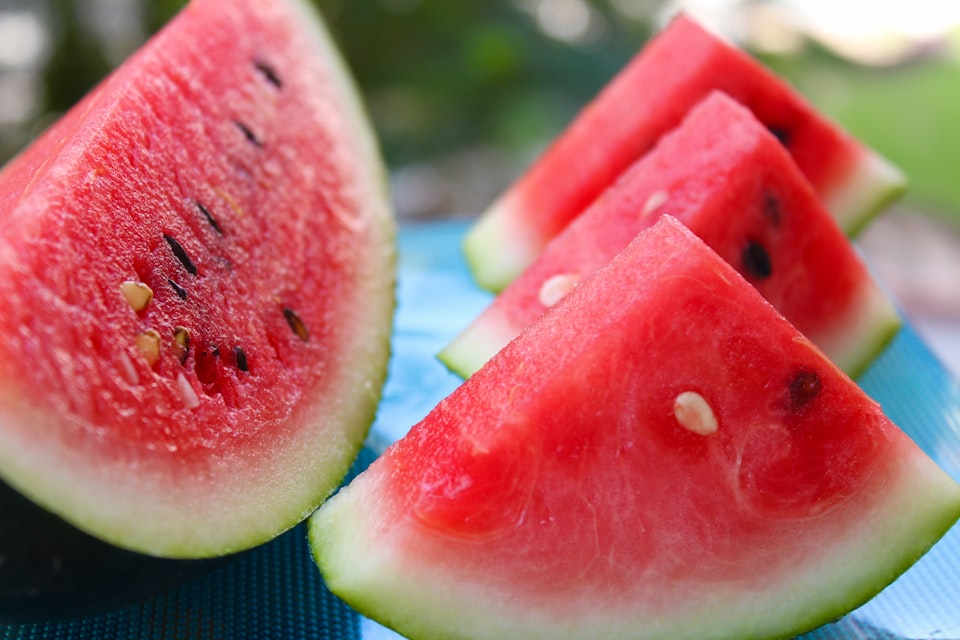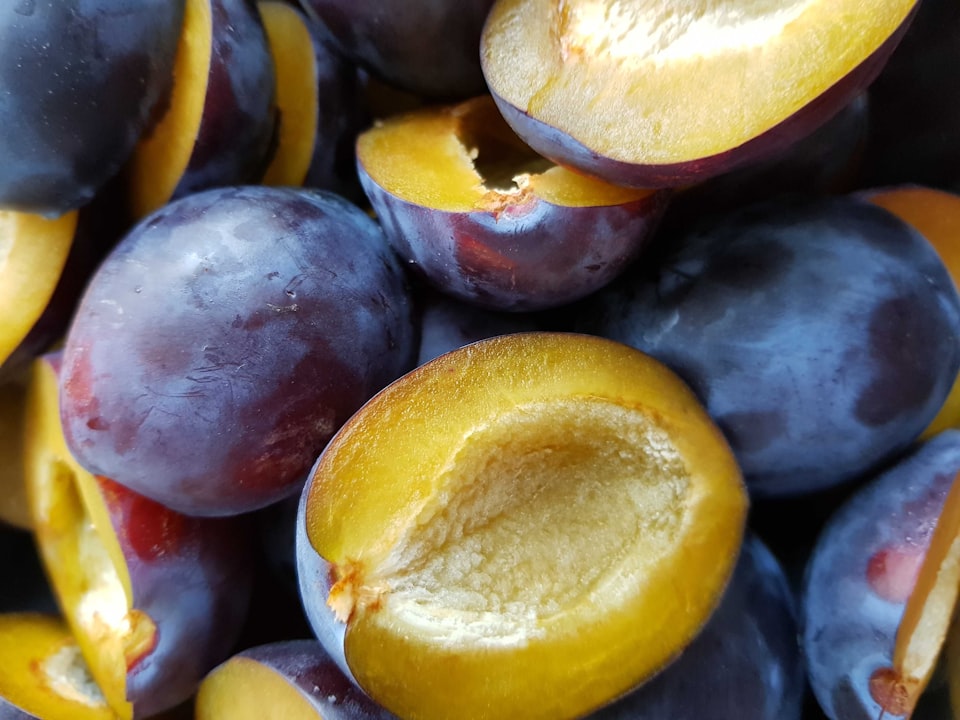VII: Fig
The fig leaf of Christianity's weird attitude about Israel.

Good morning. Today is septidi, the 7th of Brumaire, Year CCXXXI. We celebrate la figue, part of this complete fruited cake.
Fig trees are endemic to the Mediterranean and there's archaeological evidence that they were one of the first trees cultivated for food. This means figs feature heavily in the Bible. Adam and Eve covered themselves with fig leaves once they realized that being naked is super awkward. The nation of Israel is compared to a fig tree at numerous points. Jesus curses a fig tree in one of the rare instances of the dude hurling insults instead of love.
Figs represent the Jewish nation, and the Christian view of figs is every bit as convoluted, paradoxical, and contradictory as the historical Christian attitude about Jews. With anti-Semitism having a paroxysm once again, it's worth unpacking the fig.



